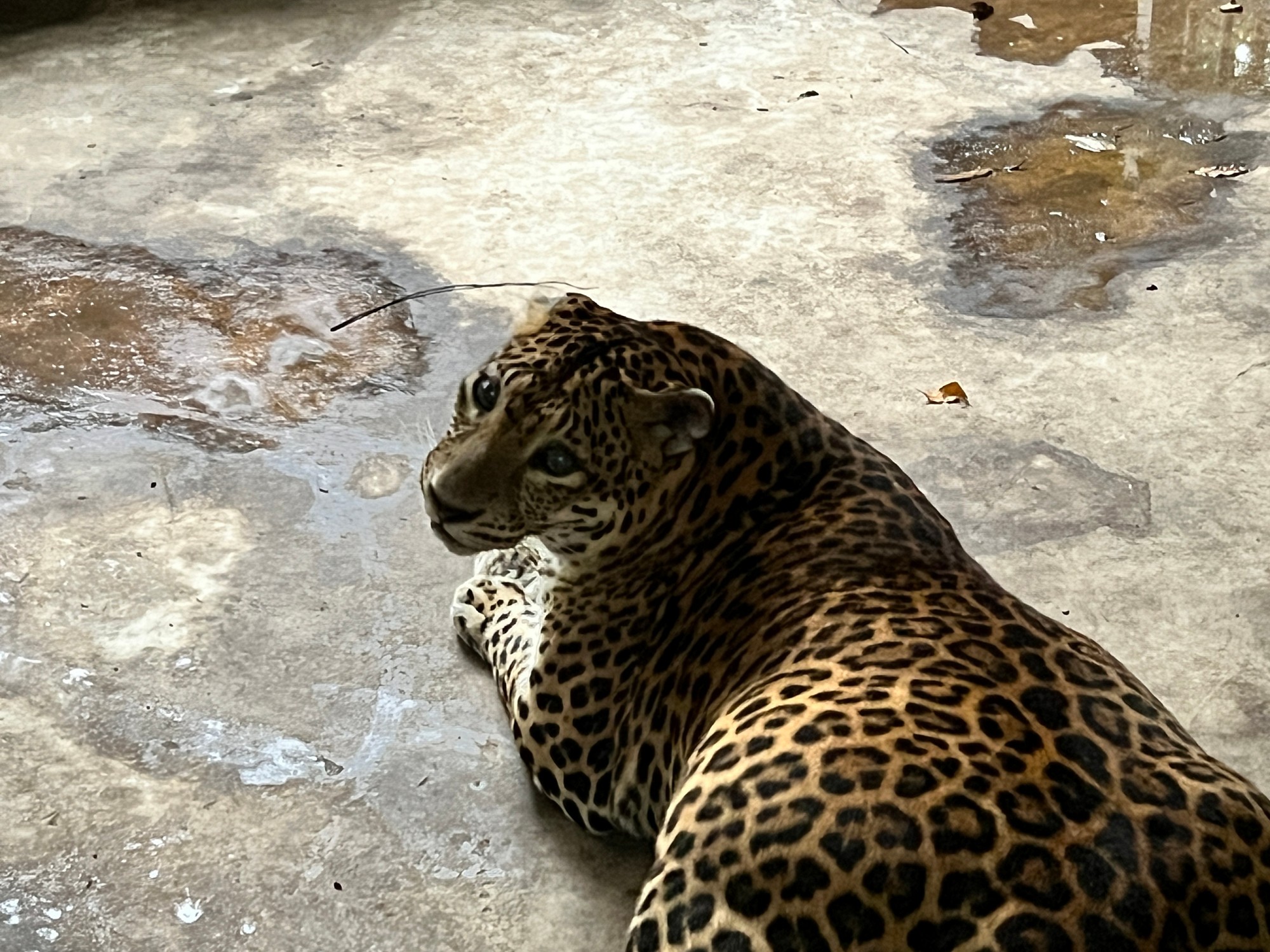Illegal wildlife trade remains one of the most lucrative and damaging illegal industries worldwide, threatening biodiversity and human well-being.
The GEF launched the Global Wildlife Program (GWP) in 2015 to address these risks through coordinated, multi-country action. This evaluation reviews the program’s evolution, relevance, and effectiveness across three GEF phases.
The pandemic underscored crucial links between biodiversity loss, illegal wildlife trade, and zoonotic diseases, highlighting the need for integrated approaches.


Evaluation overview
- Stronger outcomes emerge when projects combine relevant design, adaptive management, advanced enforcement technologies, and coordination with customs, police, and judiciary. Some projects leveraged innovations such as drones, genetic analysis, and traceability systems.
- Persistent challenges include uneven monitoring, weak reporting from child projects, knowledge gaps, and limited attention to human rights and demand reduction.
- The report recommends strengthening cross-border collaboration, aligning indicators across child and global projects, improving knowledge management systems, and embedding comprehensive risk assessments into project design and implementation.
Methodology
The evaluation covers GEF-6 pilots, GEF-7 projects, and the early GEF-8 phase, drawing on portfolio analysis, field verifications in Brazil, China, and Kenya, geospatial analysis, and extensive stakeholder consultations.



